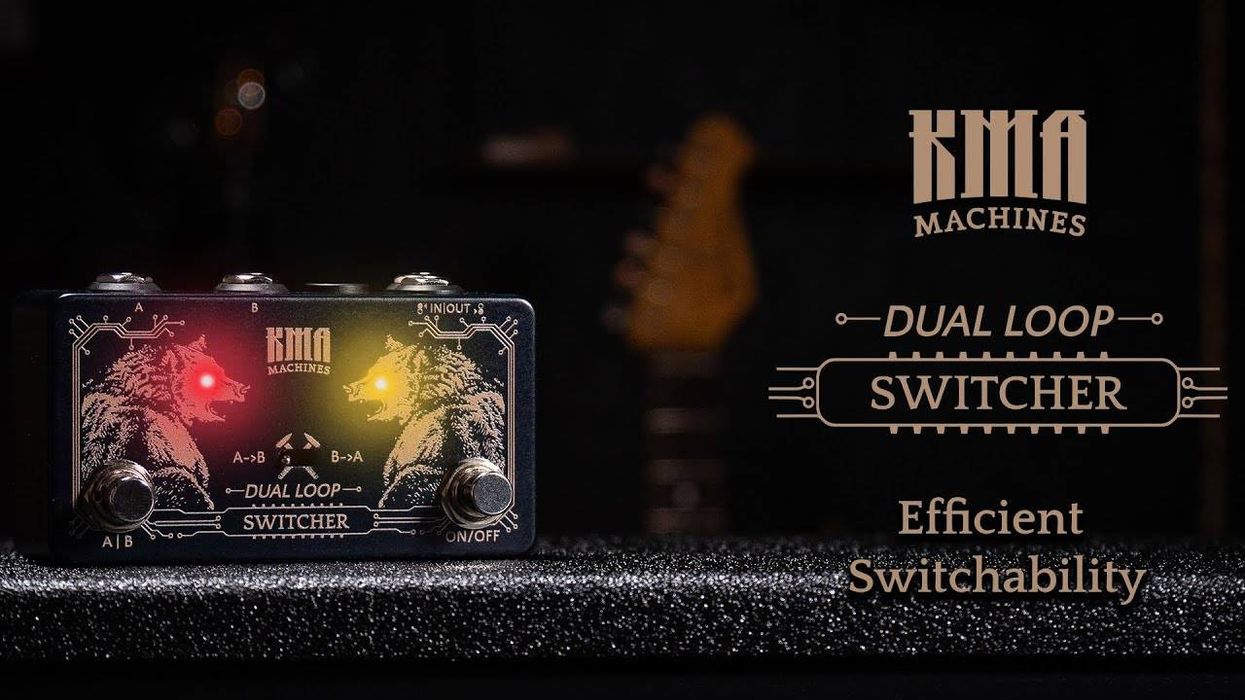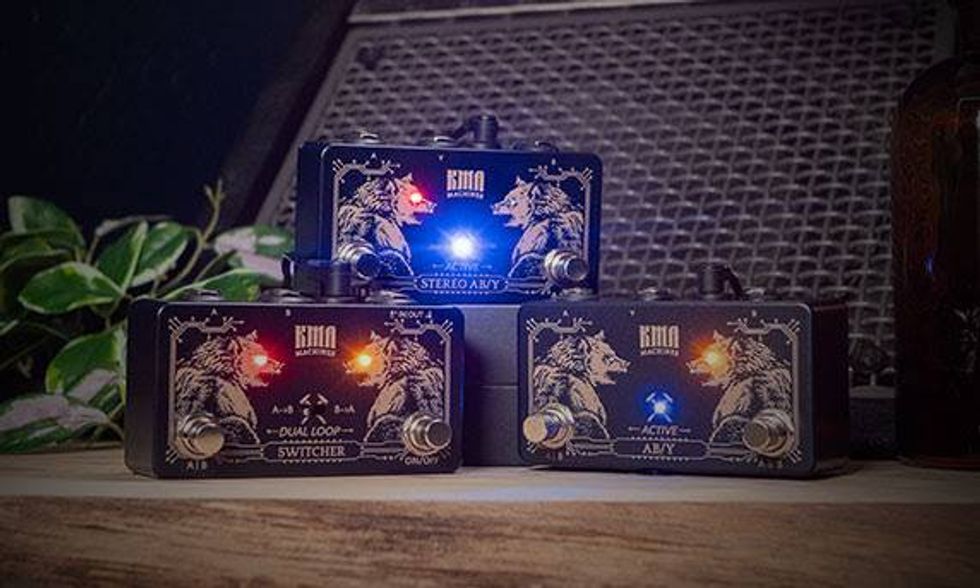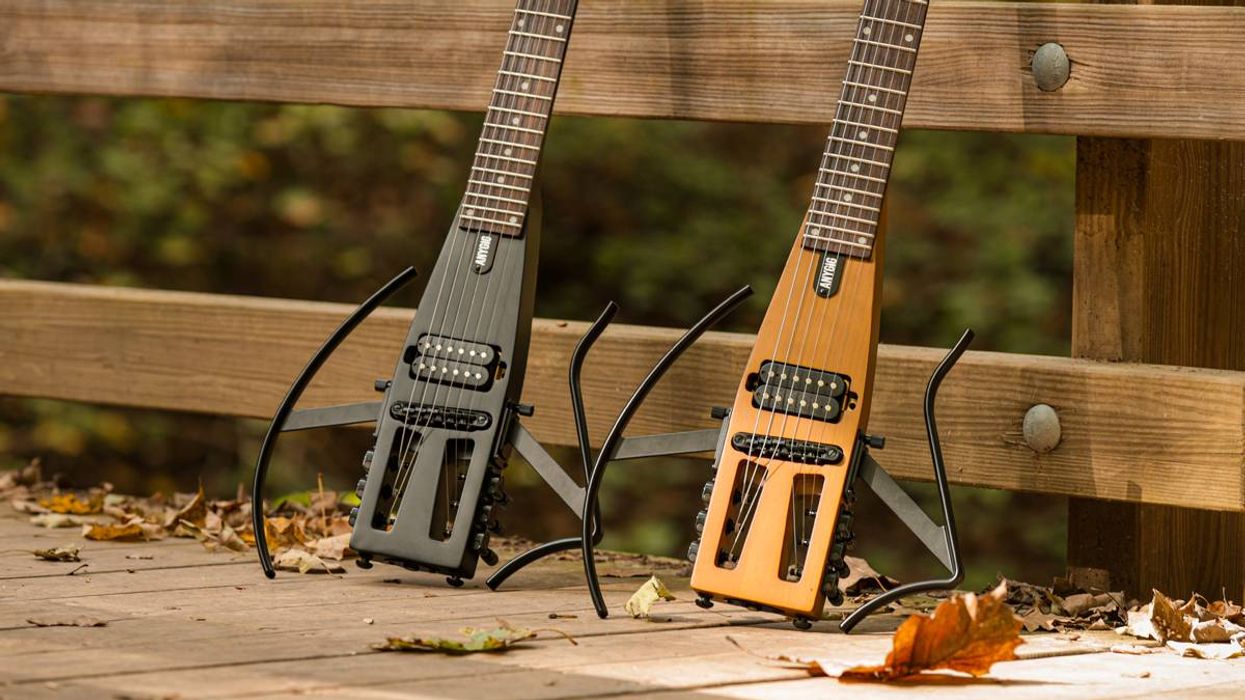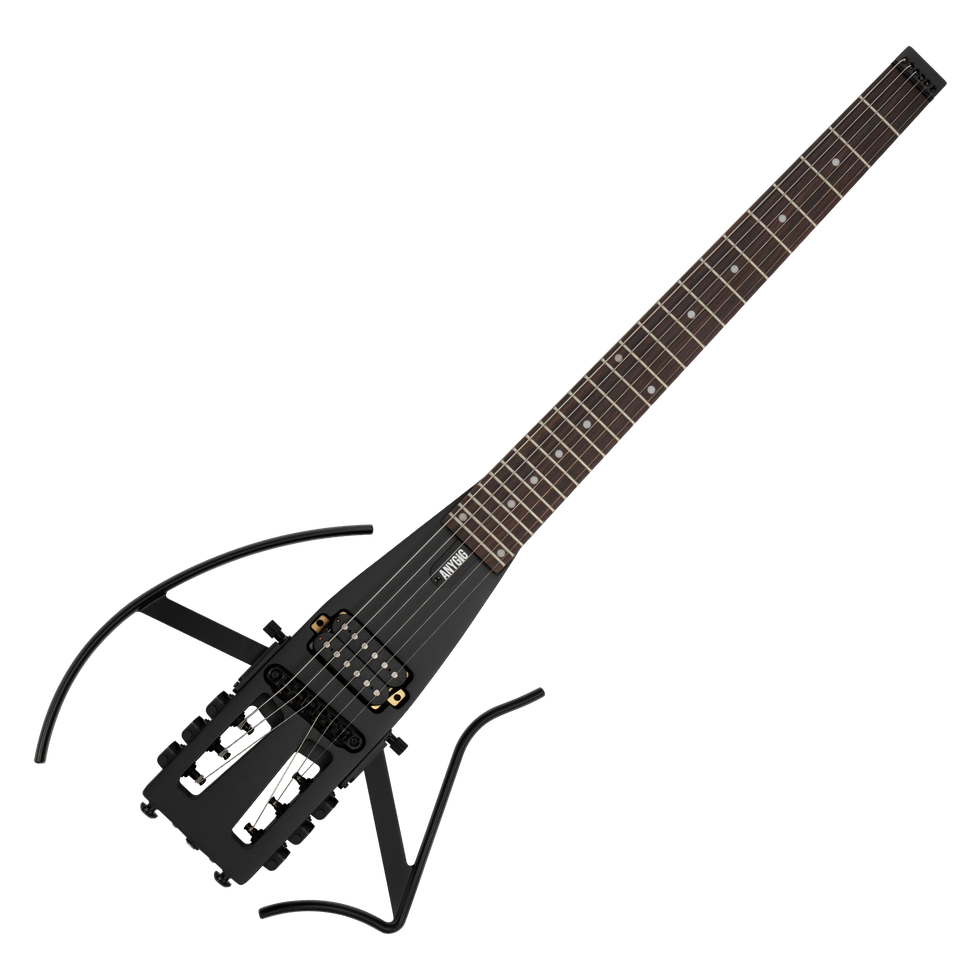 Hello Zach,
Hello Zach,I’ve read several of your articles in past issues of PG, and I’m finally writing to get some information on one of my many guitars. I picked up this dirt cheap Martin bass (serial number 34XX) several years ago at a guitar show, but with all the respect and heritage that goes with Martin acoustics, I’ve heard virtually nothing about Martin electrics! Can you shed a little light on this guitar? I’m sure many other readers would be interested in the electrified Martin history. By the way, it’s a great playing bass!
Thanks,
James Holtz
Hi James,
First of all, thanks for reading “Trash or Treasure” and sending in an instrument for me to research – these are homework assignments that I enjoy! Due to space considerations, I’ll assume that most readers know the basic history and success of Martin as an acoustic guitar builder during the twentieth century, and get right to the electric side. There are two distinct eras in Martin’s short electric period (1961-68 and 1978-82). Since the electric guitar market looked appealing in the early sixties, Martin decided the easiest way to tap into this potentially huge market was to electrify its acoustics. The first electric Martin was actually a D-18 with two DeArmond pickups and knobs mounted directly on the face of the guitar. Martin also equipped the 00-18 and the D-28 with similar electronics. By 1964, Martin realized that these acoustic/electrics were not well received and they scrapped the idea.
In 1961, an entirely new line of archtop electrics were introduced, called the F Series. Models included the single cutaway, single pickup F-50; the single cutaway, double pickup F-55; and the double cutaway, double pickup F-65. While most Martin guitars are visually appealing to the eye, these guitars were just plain ugly. Martin didn’t know much about the electric guitar and since technology was rapidly expanding in that industry during the early sixties, these guitars were outdated before ever leaving the factory. In 1965, the F Series was replaced with the GT Series, which featured more traditional appointments; however, the GT Series was equally unsuccessful and Martin cut their entire line of electric instruments in 1968.
Martin took another stab at the electric guitar in the late seventies with a line of solidbody instruments called the E Series. When Martin first got into electrics during the sixties, the goal was to cut into the major electric guitar builders’ share of the market. This time around, Martin was struggling (as was most of the guitar industry) and they viewed the electric guitar as something to reinvigorate the Martin guitar line. The E Series debuted in 1979 with the E-18, EM-18 and the EB-18 bass – which is the bass you own. Two additional models were released in 1981, the E-28 and E-28B bass. All five of these models were produced through 1982 when Martin exited the electric guitar market for good. Reasons are vague for the discontinuation, as these guitars actually played pretty well and looked correct for the time period. Speculators have pointed to the synthesizer scare of the early 1980s, which probably did the most damage, leaving Martin to return to their roots in acoustic flattop instruments.
Your Martin EB-18 bass guitar features a maple body with a maple neck-thru body design and walnut strips for reinforcement, a 22-fret rosewood fingerboard with small dot inlays, a unique headstock with two-per-side tuners, an all brass chrome-plated bridge with individual saddles, a single double-coil pickup that could be split, two knobs (Volume, Tone) and a mini pickup tap switch. Martin does a great job of serializing their instruments and, unlike most other manufacturers, you can easily determine the date of your guitar just by looking at the serial number. However, the E Series from the late seventies and early eighties featured its own system and I can’t find any numbers to accurately date it. In excellent condition as it appears in the photos, this guitar is worth between $650 and $750 – a far cry from the value of Martin’s Golden Era instruments, but a treasure to those who enjoy a great playing bass.
Martin has not re-entered the electric market since the last E Series was produced in 1982. However, many of their acoustics come standard with modern electronics and according to their price list, electronics can be factory added to any model. Martin has also collaborated with Dale Unger of American Archtop to produce the CF-1 and CF-2 electric archtop Special Edition models that are still currently produced.
Zachary R. Fjestad
Zachary R. Fjestad is the author of the Blue Book of Acoustic Guitars, Blue Book of Electric Guitars, and the Blue Book of Guitar Amplifiers.
Questions can be submitted to:
Blue Book Publications
Attn: Guitar Trash or Treasure
8009 34th Ave. S. Ste #175
Minneapolis, MN 55425
800-877-4867
www.bluebookinc.com
guitars@bluebookinc.com
Please include pictures of your guitars.





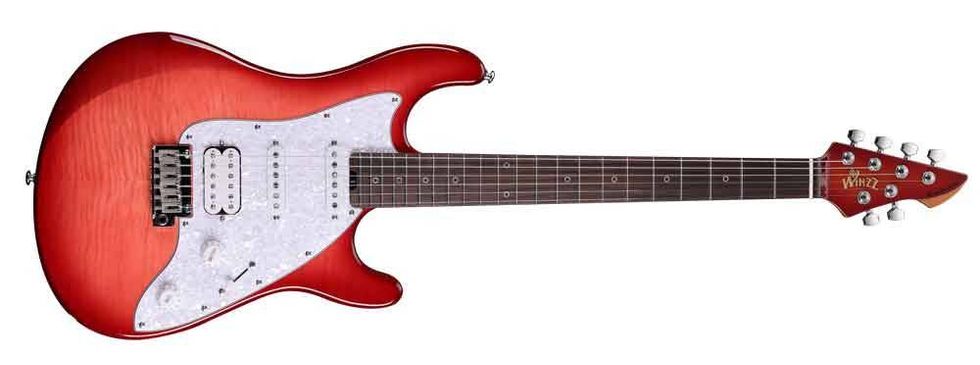
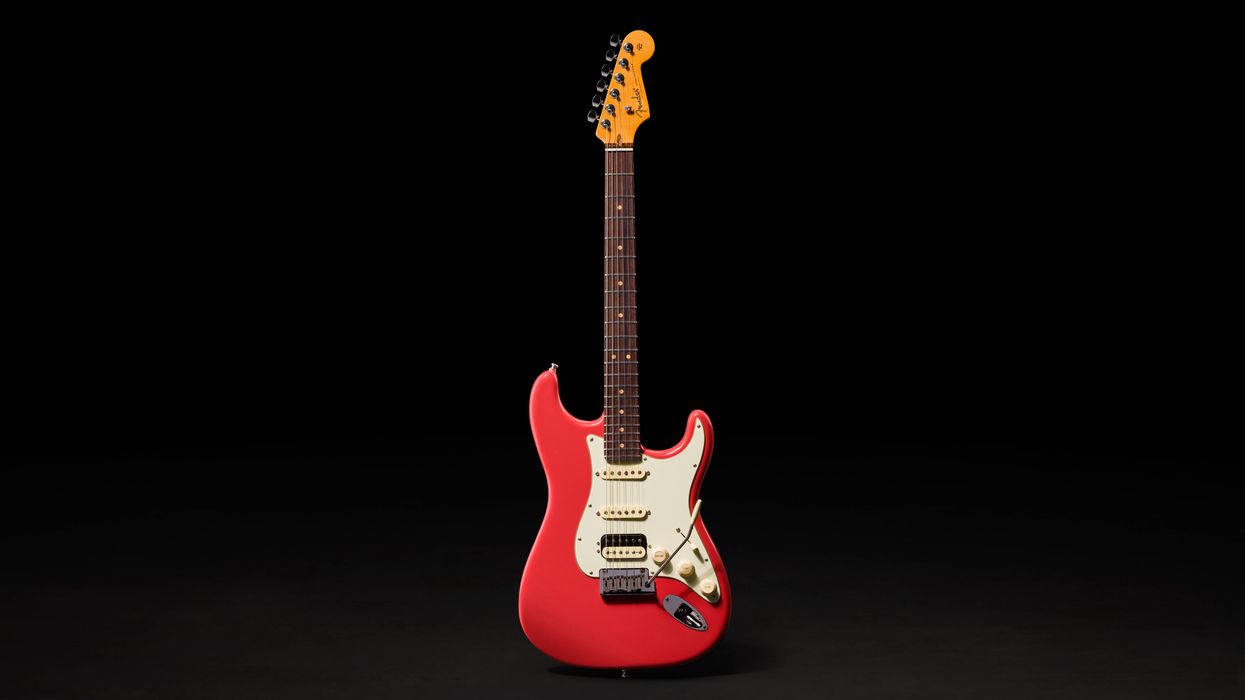
![Rig Rundown: AFI [2025]](https://www.premierguitar.com/media-library/youtube.jpg?id=62064741&width=1245&height=700&quality=70&coordinates=0%2C0%2C0%2C0)
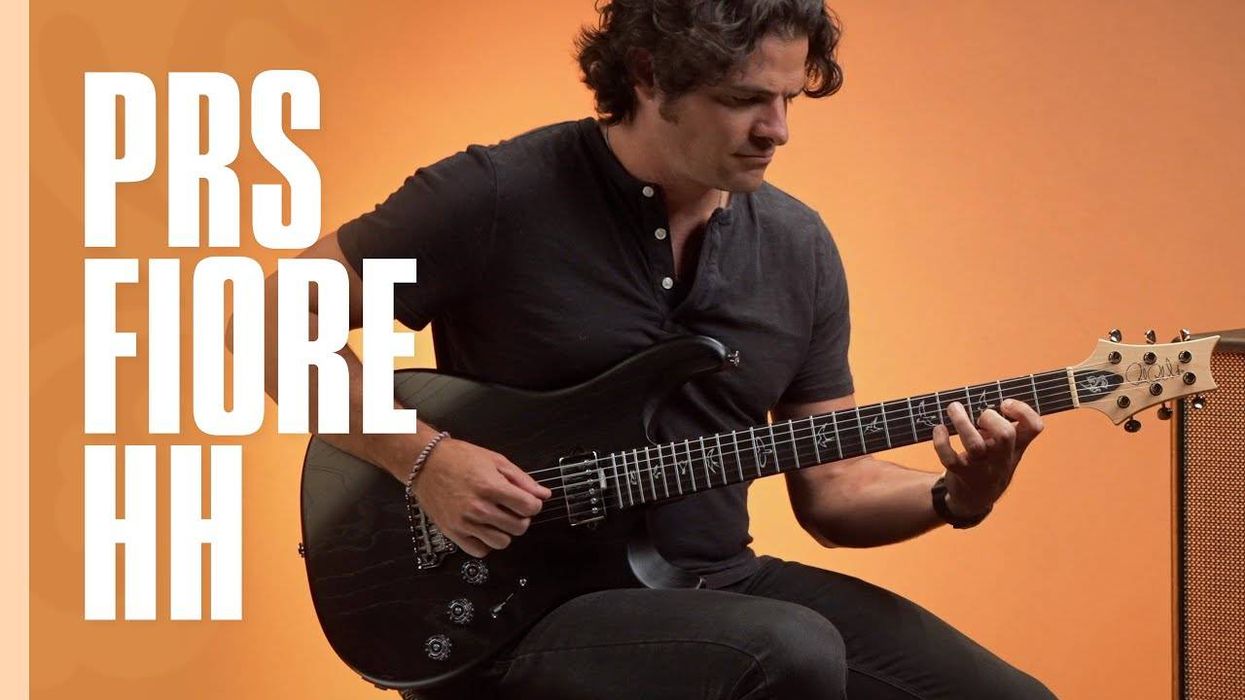

![Devon Eisenbarger [Katy Perry] Rig Rundown](https://www.premierguitar.com/media-library/youtube.jpg?id=61774583&width=1245&height=700&quality=70&coordinates=0%2C0%2C0%2C0)



